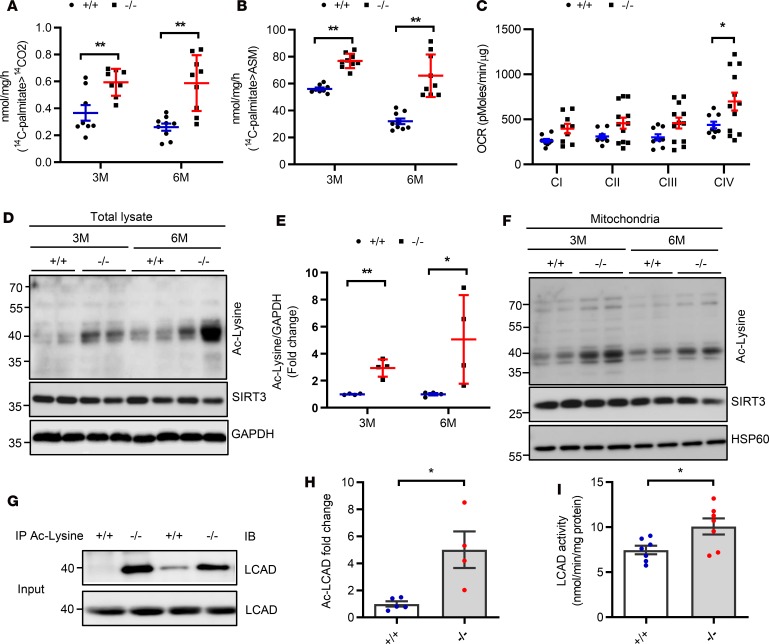Figure 3. Bscl2–/– mice display excessive cardiac fatty acid oxidation and hyperacetylation.
(A and B) CO2 and acid soluble metabolite (ASM) production after incubating heart crude mitochondrial fraction with 14C-palmitate (male, n = 6/group in triplicate). (C) Measurements of oxygen consumption rates (OCRs) to assess respiratory chain activities of mitochondrial complex I to IV (CI to CIV) by electron flow assays. Mitochondria were isolated from 3-month-old (3M) male Bscl2+/+ (+/+) and Bscl2–/– (–/–) mice. n = 4/group in triplicate. (D and E) Representative Western blot and quantification of total protein acetylation in hearts from 3- and 6-month-old male mice (n = 4/group). (F) Representative Western blot of protein acetylation in isolated mitochondria from hearts of 3- and 6-month-old male mice (n = 4/group). (G and H) Level of acyl-CoA dehydrogenase long chain (LCAD) acetylation. Total lysates from hearts of 6-month-old male Bscl2+/+ and Bscl2–/– mice were immunoprecipitated with anti–acetylated lysine (anti–Ac-Lysine) antibody and immunoblotted with antibody specific for LCAD (n = 4–5/group). (I) LCAD activity in hearts of 6-month-old male Bscl2+/+ and Bscl2–/– mice (n = 7/group). *P < 0.05; **P < 0.005 by multiple t tests after correction using the Holm-Sidak method (A–C and E) or unpaired t test (H and I).

